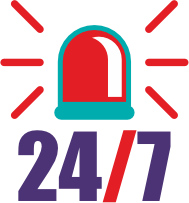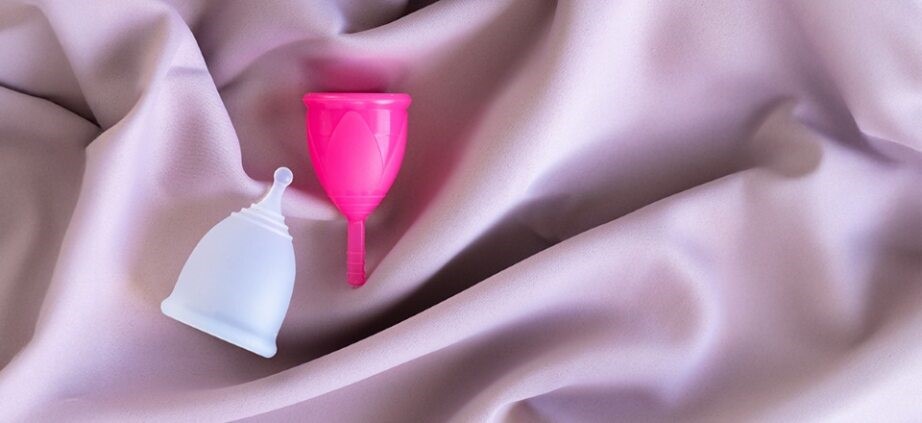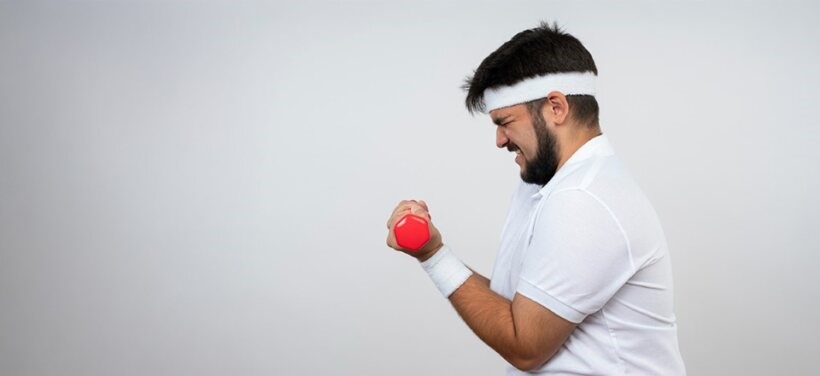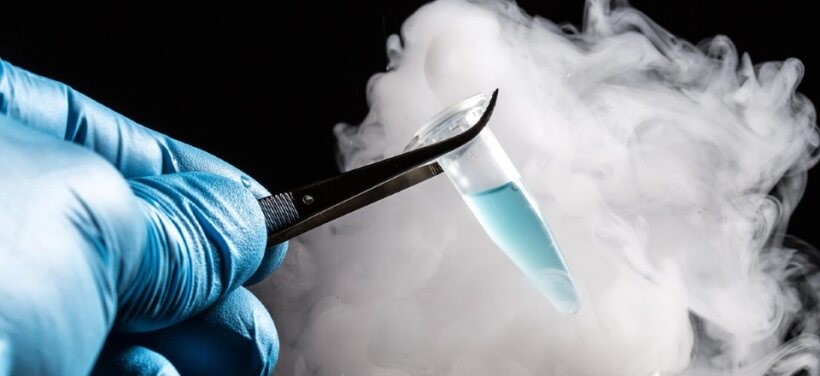Categories
Everything You Need to Know About Menstrual Cups
Aug 18, 2025
Periods come every month, and for most women, choosing what to use is always a bit confusing. Pads are everywhere, tampons are also used, but nowadays menstrual cups are slowly becoming the new talk. Doctors at BirthRight By Rainbow say they are safe, yet some women hesitate at first because they are not sure how they work.
Disclaimer: This blog aims to provide general information and should not be considered a substitute for professional medical advice, diagnosis, or treatment. Always consult a qualified healthcare provider about your health. If you think you may be experiencing a medical emergency, seek immediate help.
What Exactly Is a Menstrual Cup?
A menstrual cup looks like a small bell—sometimes more like a tulip—made from medical-grade silicone. It does not absorb like pads; instead, it collects blood. After folding, the cup is put inside, then it opens by itself and sits under the cervix. Many women say once it sits correctly, they even forget they are on their period, but a few say it is tricky at the start.Why Women Choose Cups
Some reasons are very clear. A cup stays in longer—maybe 6 to 12 hours depending on flow—so bathroom runs are fewer. There’s no pad rubbing, so no itching either. And it’s money-saving too, because the same cup lasts for many years, even 8 or more if you’re careful. Not everybody is comfortable, though; some feel uneasy about cleaning it in public toilets.How to Insert and Remove
Doctors from BirthRight By Rainbow explain that there is no one perfect method; women must try what suits them. Usually, fold it in a C shape and push gently inside; sometimes twisting a little makes it open. To remove, pinch the bottom part so the air seal breaks, then pull slowly. Cleaning with warm water is enough between uses, though boiling after your period is suggested. Some women still wash with soap every time, which is not actually required.Safety Side of Menstrual Cups
Mostly safe—that’s what experts say—but infections can occur if the cup isn’t washed properly. A few women get leakage in the first few tries or complain that it feels stuck. These problems mostly go away with practice. Some still think it will go inside the body and get lost, but the cervix blocks it, so that worry is not true. Better to search “best gynecologist near me” before deciding, because some body shapes or medical histories may not be suitable.Myths and Doubts
A lot of myths surround cups. Some say using a cup will damage the hymen, so girls cannot use them before marriage—which is not medically right but still believed by many families. Some say it cannot be used if an intrauterine device (IUD) is in place, though doctors can guide you on how to manage both together. A few even think cups are painful, like inserting a hard object—but silicone is soft and bends easily.Why BirthRight By Rainbow for Guidance
Period choices affect both health and comfort. At BirthRight By Rainbow, gynecologists not only explain cups but also talk about pads, tampons, pain relief, and how to maintain hygiene. The hospital team believes women should not silently suffer but get the correct help. So whether you are curious about menstrual cups or already using them but facing trouble, expert care is available.Disclaimer: This blog aims to provide general information and should not be considered a substitute for professional medical advice, diagnosis, or treatment. Always consult a qualified healthcare provider about your health. If you think you may be experiencing a medical emergency, seek immediate help.











